Specialty Papers Market Summary
As per Market Research Future analysis, the Specialty Papers Market was estimated at 50.97 USD Billion in 2024. The Specialty Papers industry is projected to grow from 54.01 USD Billion in 2025 to 96.46 USD Billion by 2035, exhibiting a compound annual growth rate (CAGR) of 5.97% during the forecast period 2025 - 2035.
Key Market Trends & Highlights
The Specialty Papers Market is currently experiencing a dynamic shift towards sustainability and technological innovation.
- North America remains the largest market for specialty papers, driven by robust demand across various industries.
- Asia-Pacific is emerging as the fastest-growing region, fueled by increasing industrialization and urbanization.
- The pulp segment continues to dominate the market, while the flexible packaging papers segment is witnessing rapid growth due to changing consumer preferences.
- Sustainability initiatives and technological advancements are key drivers propelling the market forward, particularly in the context of regulatory compliance.
Market Size & Forecast
| 2024 Market Size | 50.97 (USD Billion) |
| 2035 Market Size | 96.46 (USD Billion) |
| CAGR (2025 - 2035) | 5.97% |
Major Players
International Paper (US), Mondi Group (GB), Stora Enso (FI), Sappi Limited (ZA), Nippon Paper Industries (JP), UPM-Kymmene Corporation (FI), Smurfit Kappa Group (IE), Domtar Corporation (US), Neenah Inc. (US)
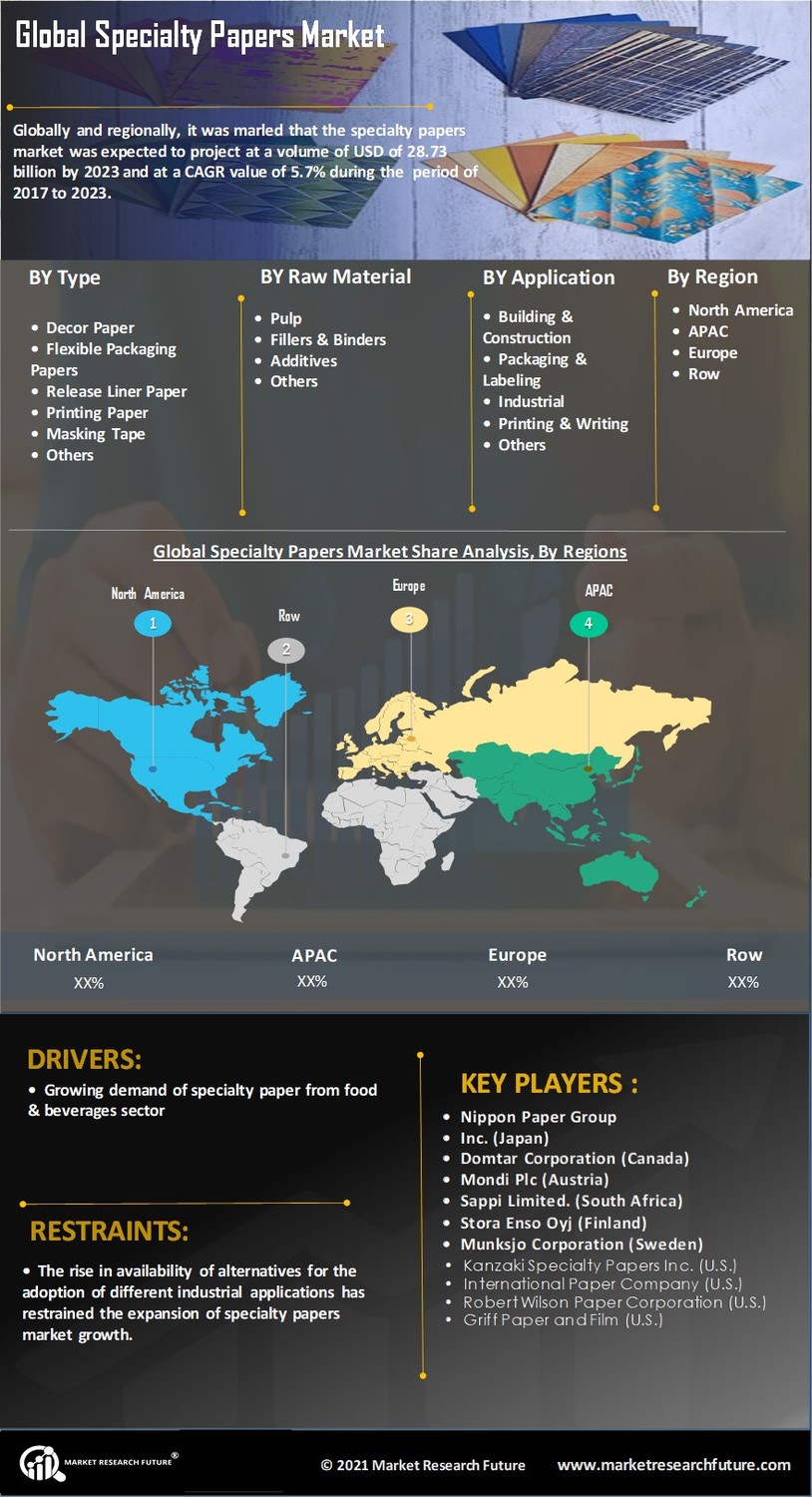

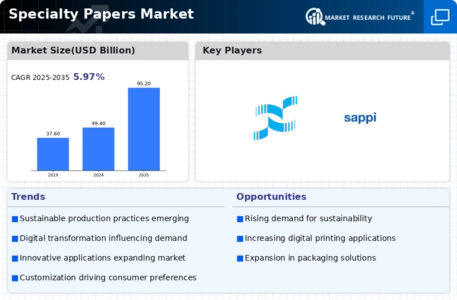
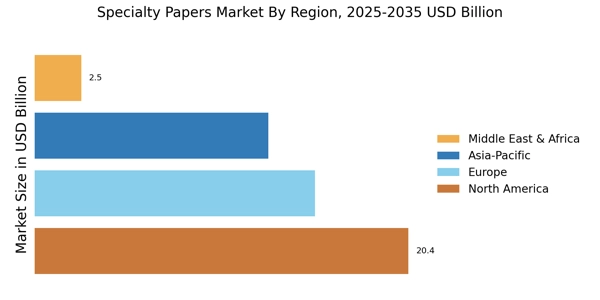


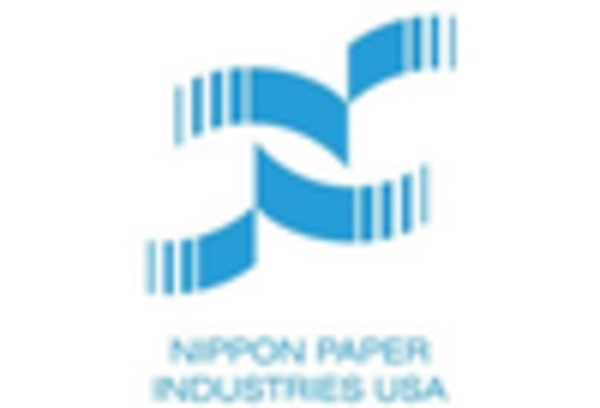

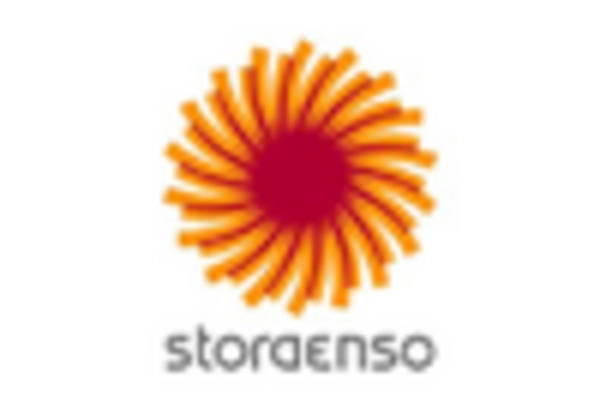









Leave a Comment